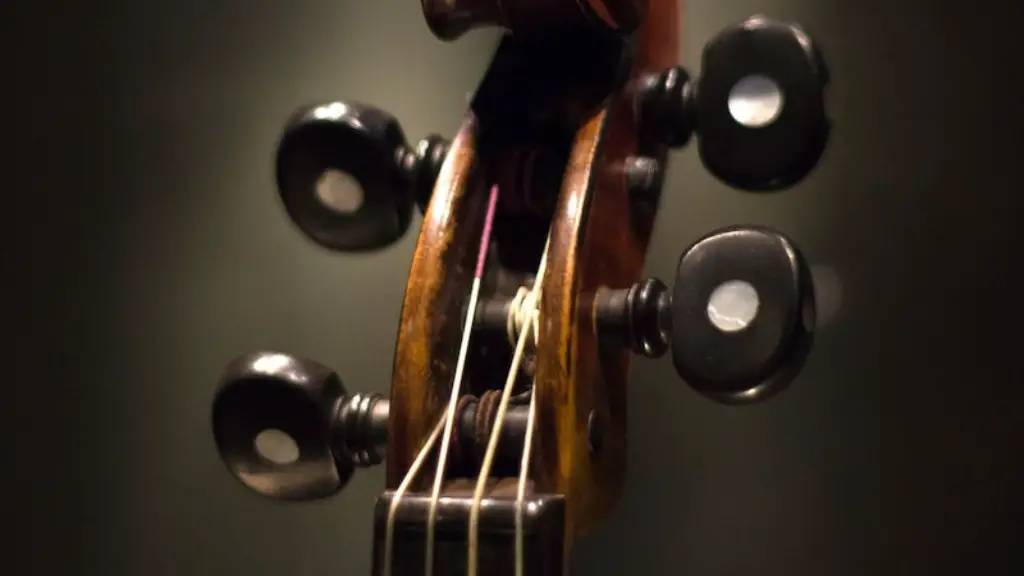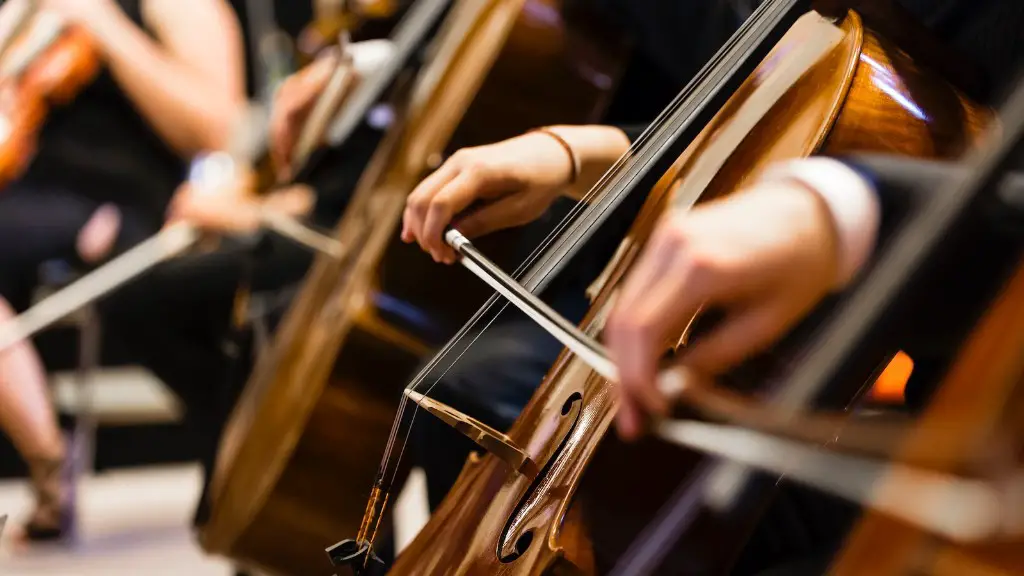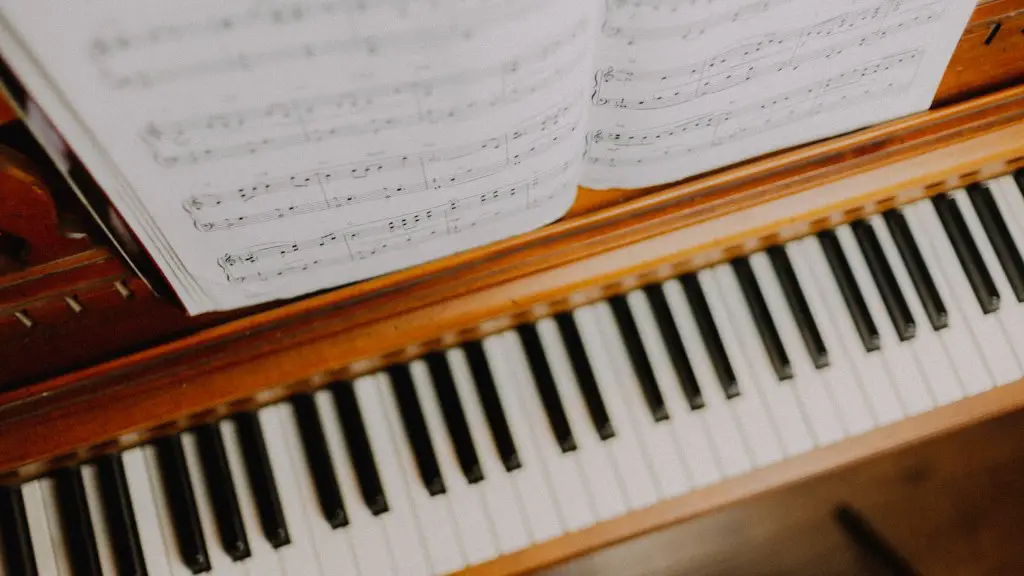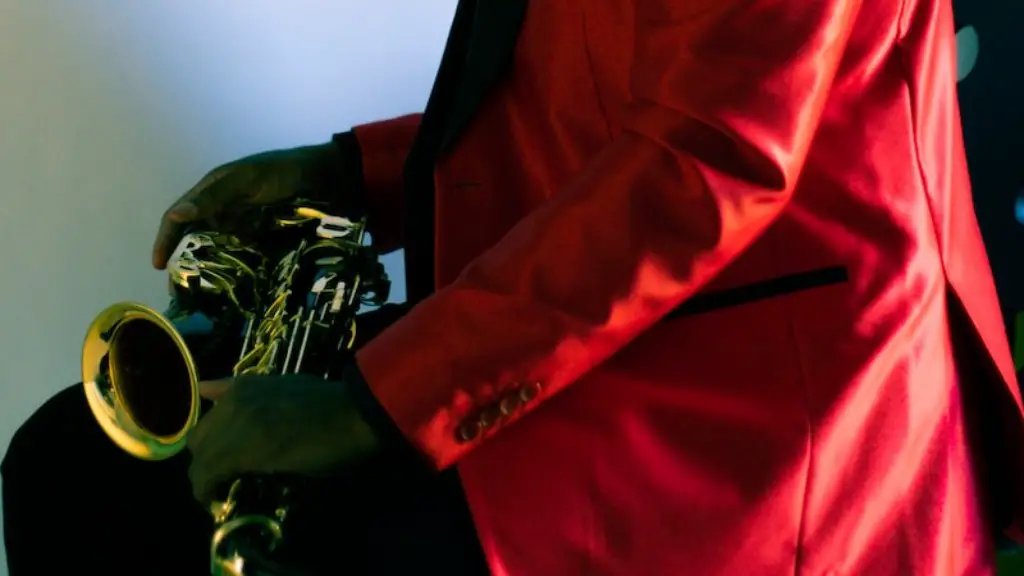Playing the cello is a rewarding and beautiful experience. If you are just starting out, it can be intimidating to learn how to play easy songs on cello.
Fortunately, there are some simple steps you can take to make your journey easier. Start by familiarizing yourself with the different parts of the instrument, such as the strings, fingerboard, and bow. Additionally, get comfortable with basic techniques such as bowing and plucking.
Once you have a grasp of the basics, it’s time to find some easy songs to practice. Look for pieces that use simple notes and melodies that don’t require complex fingering or bowing techniques. With practice and patience, you’ll be able to master these songs quickly!
Finally, don’t forget to have fun while you learn! Playing music should be an enjoyable experience, so don’t get discouraged if things don’t go perfectly right away. With dedication and practice, you’ll soon be playing easy songs on cello.
Types of Cello Bowings
Playing the cello can be intimidating for beginners. However, learning the basics of bowing technique can help you play even the simplest of songs. There are three main types of bowings used in cello playing: legato (smooth), staccato (short, detached), and martelé (strong, articulated). Each style has its own advantages and disadvantages, and they are all essential to creating a beautiful sound.
Legato bowing is used to create a smooth sound with no breaks between notes. It is popularly used to play melodies with a gentle tone. To achieve a legato sound, make sure your bow stays on the string while you move it across. This requires an even pressure on the string and a steady bow speed. You should also make sure that each note has its own distinct volume.
Staccato bowing is used to create short, detached notes with sharp accents. This technique is typically used for rhythms or accompaniments in faster-paced music. To achieve a staccato sound, lift the bow off of the string after each note is played. This will give your notes more clarity and articulation.
Finally, martelé bowing produces stronger accents in short bursts of notes. It is best used to give your music more energy or excitement when needed. To achieve a martelé sound, use quick up-and-down motions with the bow and apply more pressure than usual on each note.
Learning the Basics of Cell Playing
Learning how to play easy songs on cello can be a fun and rewarding experience. It’s important to start with the basics, so you can build up your skills and become a better cellist. The first step is to learn how to hold the instrument correctly. Make sure you are comfortable and have good posture, as this will make playing easier. Then, practice different techniques like pizzicato, legato, and vibrato.
It’s also important to learn proper bowing techniques. This includes using the correct amount of pressure when bowing across the strings and using the correct bow angle. Finally, practice reading sheet music and understanding chords so you can play along with other musicians.
With dedication and practice, you’ll soon be able to play simple songs on cello. Start by listening to different pieces of music and try playing along with them or pick up a book of music for beginners. This will help you get familiar with different techniques and styles of playing cello. As your skills improve, you can move onto more challenging pieces of music or even create your own compositions!
Different Ways to Tune the Cello
The cello is a beautiful and versatile instrument that can be tuned in several different ways depending on the musical style or composition. The most common tuning is known as the normal or standard tuning, which consists of the notes A-D-G-C. This tuning is used for classical music, pop music, jazz, and many other genres. However, there are several other tunings that can be used to create interesting and unique sounds.
For example, some cellists prefer to use open tunings, which involve retuning one or more strings to create new intervals between notes. Open tunings are often used in folk music and other traditional styles. Other cellists may opt for alternate tunings such as drop D tuning or scordatura tuning which alters the pitch of some strings to achieve a desired effect.
No matter what type of tuning you choose, it’s important to remember that playing easy songs on cello requires practice and dedication. You’ll need to develop your technique and your intonation in order to play songs correctly and confidently. Additionally, it’s important to experiment with different tunings in order to get the most out of your instrument. With careful practice and exploration of different techniques, you can learn how to tune the cello for any style or song!
How to Read Sheet Music for the Cello
Playing the cello can be a complex and intimidating task. However, by following a few simple steps, you can learn to read sheet music and play easy songs on cello. The first step is to become familiar with the basic note names and their corresponding fingerings. Once you understand the basics of notation, such as quarter notes, eighth notes and so on, you can start learning how to read musical scores.
The next step is to learn how to interpret the symbols in music notation. Symbols such as ties, slurs and articulations indicate how the notes should be played. Understanding these symbols will help you play the music accurately. Additionally, reading dynamic markings in sheet music will help you understand how loudly or softly different parts of a song should be played.
Finally, practice reading sheet music by playing simple songs on cello. Start with short pieces that contain only a few notes and gradually move up to longer pieces with more complex rhythms and harmonies. As you gain more experience reading sheet music, your ability to accurately play songs on cello will improve significantly.
Don’t get discouraged if at first it seems difficult – with enough practice anyone can learn how to read sheet music for the cello.
Practicing Simple Scales on the Cello
Learning how to play easy songs on the cello starts with mastering simple scales. Scales are a great way to improve your technique and develop finger coordination. Start by learning the basic major and minor scales and then move onto more complex variations like chromatic, pentatonic, and whole-tone scales. Practicing these scales will help you become more comfortable with playing the cello.
Once you have mastered the different scales, you can begin to focus on individual notes and chords. Start by learning basic open strings, then move onto melodies that involve fingering on different strings. Once you have gotten comfortable with those, try playing simple songs with chords and melodies. As you learn more difficult pieces, be sure to practice them slowly and accurately so that your technique is correct.
You can also find a variety of exercises online or in music books which can help strengthen your ability as a cellist. These exercises can range from simple arpeggios to complex patterns that work all of your fingers together. The key is to practice consistently so that you become more skillful in playing the cello. With enough practice, you will be able to play any song with ease!
Playing Simple Melodies on the Cello
Cello is a beautiful instrument to learn and play. Whether you are a beginner or experienced, there are plenty of easy songs that you can learn on the cello. Beginners should start with simple melodies that involve one note at a time, using open strings and first finger positions. This will help you get used to playing the cello and understanding how different notes sound together.
Once you become more comfortable playing cello, you can move onto more complex songs with multiple notes or even arpeggios. These will require more skill and practice, as it involves changing between notes quickly and accurately in succession. Make sure to practice scales and intervals as well, as these will help to build your knowledge of the instrument and make it easier for you to learn new songs quickly.
Learning simple melodies on the cello is an important part of mastering the instrument. With dedication and practice, anyone can learn to play beautiful music on the cello! Start out slowly with simple melodies so that you can get comfortable with the basics before moving onto more complex songs.
The End
Playing easy songs on cello is a great way to get started with the instrument. It’s important to find a comfortable position, use proper fingerings and bowings, and practice regularly. With some dedication and practice, you’ll be able to play your favorite songs on the cello in no time!
Remember, playing an instrument takes time and patience. Don’t get discouraged if it takes longer than you expect. Just keep practicing and you will improve your skills over time. By learning how to play easy songs on cello, you can start exploring the wonderful world of music.





